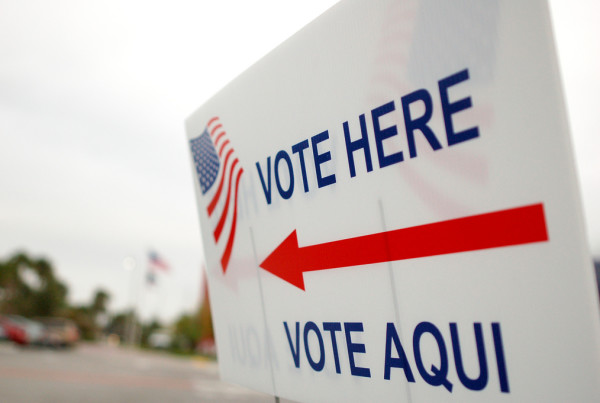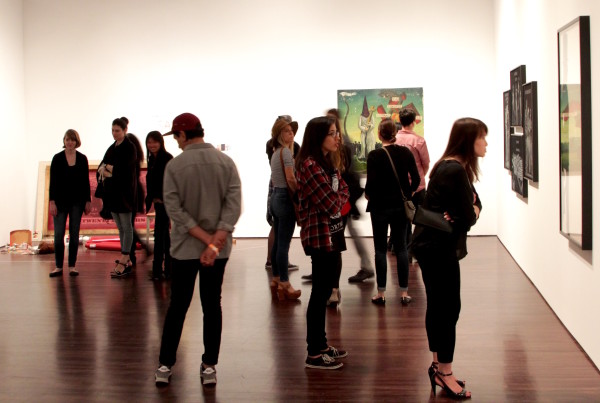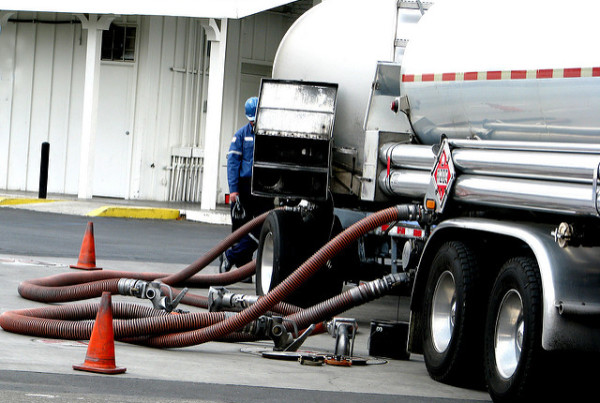This story was produced by Marfa Public Radio and Fronteras: The Changing America Desk. Fronteras is a reporting collaboration of NPR member stations in Texas, New Mexico, Arizona and California focused on the US-Mexico border.
Baseball – a sure sign of spring – is around the corner. In the meantime, Major League Baseball’s offseason is “go time” for young players at MLB’s baseball academies in places like the Dominican Republic, Puerto Rico and Venezuela. The academies are high-intensity training centers designed to nurture and develop the cream of Latin America’s emerging baseball player talent.
However, the vast majority of young academy players don’t get signed to a pro contract. They devote time, effort and expense to chasing the dream of a pro career in the United States. But that often comes at the expense of a high school education.
In Colombia, some emerging baseball players say they have an alternate goal in honing their baseball skills. And it’s not to necessarily make it to the big leagues.
We traveled to Estadio Tomás Arrieta, home of the Édgar Rentería Baseball Academy in the port city of Barranquilla on Colombia’s Caribbean coast. The academy is not affiliated with an MLB team, though pro scouts do pass by from time to time. The academy accepts students on a sliding scale, meaning that their families pay the academy whatever they can afford to attend.
Édgar Rentería is an idol here. He hit a World Series winning run in 1997 and was Series MVP in 2010. The players all want to be the next Édgar Rentería. But the St. Louis Cardinals’ scout here, Carlos Balcazar, says something else matters more.
“The goal is first teaching discipline to the kids, to be better men,” Balcazar said.
He explained that becoming a better person through baseball training is critical, given that so few Latin American players will make the big leagues.
“I think that’s the whole thing about the sport, playing a team sport, learning how to respect your opponent, your teammates,” he said.
Colombia is not a crucible of talent like the Dominican Republic, Puerto Rico or Venezuela. In the Dominican Republic, MLB teams run their own academies. In Venezuela, MLB-affiliated baseball academies are withering as the country skates close to the edge of economic and political collapse.
In the academies, teams sign, pay and train prospects. The moment they sign, they are considered to be professionals by the NCAA and are therefore ineligible to play college ball in the U.S. After that, there’s no requirement to finish high school because only players in MLB’s draft—players from Canada, the U.S. and Puerto Rico—must be high school graduates.
“Baseball is everything to me. I play Saturdays, Sundays,” said Colombian prospect, 17-year-old-pitcher, Sebastian Herrera. “This is my life.”
But Herrera says he’s not focused on a pro career. “I want to win a scholarship in a United States university, that’s it.”
Charles Farrell was one in a team of investigators sent by Major League Baseball in 2000 to the Dominican Republic to report back on the state the state of education programs at MLB academies. He didn’t like what he saw and still doesn’t.
“There’s huge deficit in providing educational opportunities for these prospects,” Farrell said.
Farrell is a former Washington Post reporter and now runs a non-profit academy in the Dominican that mandates a high school graduation for its students. “It’s sort of understandable,” Farrell said from his office in the capital of Santo Domingo. “Major League Baseball is not in the business of education. So education will never be a priority. Developing the next David Ortiz is the priority.”
Two MLB teams have a high school education program. The Pittsburgh Pirates pay for high school until the end of the year that a prospect is released. But the Arizona Diamondbacks are the only MLB team that that pays for a high school education — all the way — even when the team drops a prospect from its academy.
Arizona Diamondback Senior Vice President Josh Rawitch was on hand for the prospects game in Colombia.
“One of the things we try to do is actually educate these guys, teach them English, have them learn about life, not just baseball,” Rawitch said. “The best organizations realize that they are raising men, not just ballplayers. And that’s something that we take very seriously at the Diamondbacks.”
Rawitch was pleased to learn that Colombian prospect Sebastian Herrera is motivated to use baseball to try and get a college education in the U.S.
“It’s neat to hear that a kid is already thinking that way at 17 and that a college scholarship is to him, his big leagues,” Rawitch said. “That’s a pretty neat thing to see.”
Five other teams have a pilot program that began last year. Baseball historian Rob Ruck at the University of Pittsburgh believes the fact that so many teams don’t have a high school education program for their prospects is disconcerting.
“The efforts are better than they were in the past. But they’re scattershot, they’re uneven,” he said.
Ruck is the author of “The Tropic of Baseball: Baseball in the Dominican Republic.”
“A lot of them [the young Latin American prospects] will crash and burn in baseball before they’ve hit 20 or 21. And they’ve got little left to fall back upon,” Ruck said.
In Colombia, players certainly nurture dreams of the big leagues. But at least some of them are using their hometown patch of grass to try and leverage baseball to make it onto the roster of a U.S. college squad and get an education in the process.














